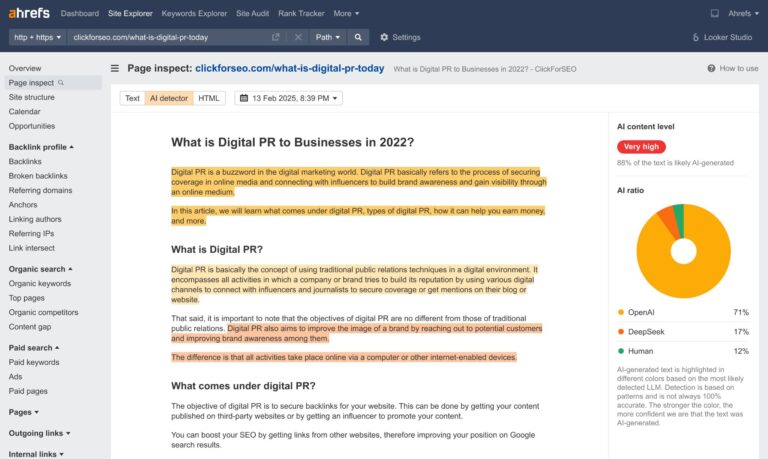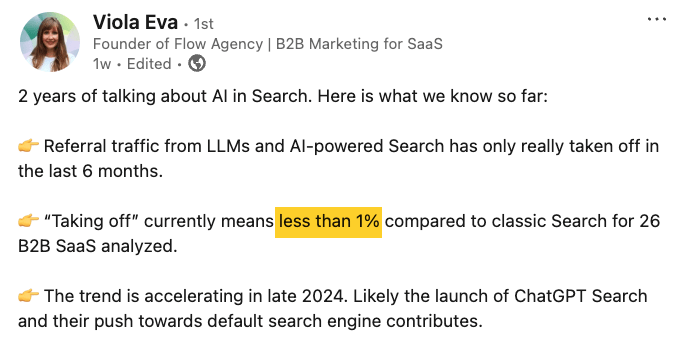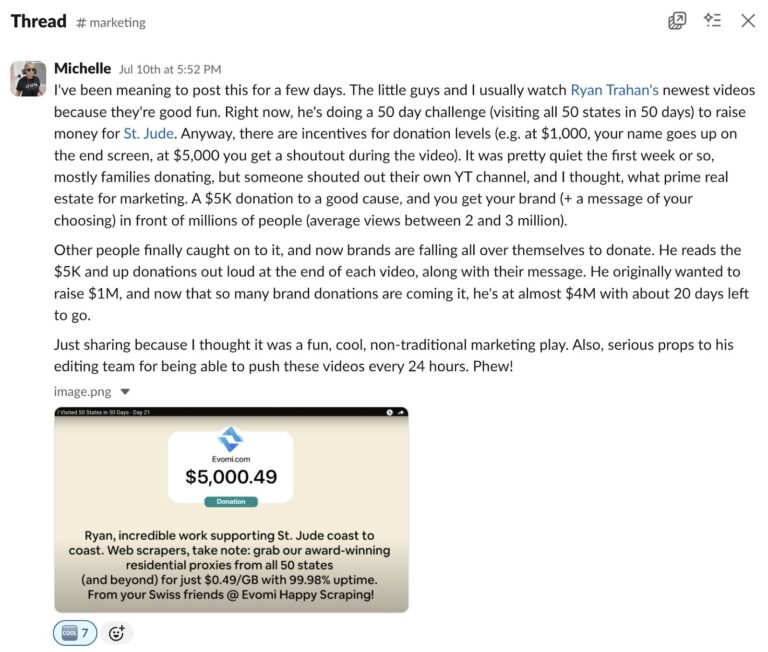The five stages of team development—originally proposed by Bruce Tuckman in 1965—outline the natural progression that teams undergo to achieve high performance. Understanding these stages helps leaders and team members navigate challenges, build trust, and foster collaboration.
Here’s a detailed look at each stage, along with tips for successfully guiding a team through them.
1. Forming: Setting the Foundation
This is the initial stage when the team comes together. Members are often polite, reserved, and focused on understanding their roles and expectations.
Characteristics:
- Team members are cautious and avoid conflict.
- Roles, goals, and responsibilities are unclear.
- Individuals rely on the leader for direction and guidance.
Leader’s Role:
- Clearly communicate team objectives and individual roles.
- Facilitate introductions and foster a welcoming environment.
- Set ground rules for communication and collaboration.
Tips for Success:
- Host an icebreaker session to build rapport.
- Provide a clear roadmap outlining short- and long-term goals.
- Encourage open communication and questions to clarify uncertainties.
2. Storming: Navigating Conflict
In this stage, personalities emerge, and differences in opinions may lead to conflict. It’s a critical phase where teams either grow stronger or risk dysfunction.
Characteristics:
- Friction arises as team members assert their ideas.
- Confusion about roles and authority can lead to power struggles.
- Productivity may temporarily dip due to disagreements.
Leader’s Role:
- Act as a mediator to resolve conflicts constructively.
- Reinforce the importance of the team’s shared goals.
- Encourage active listening and mutual respect among team members.
Tips for Success:
- Address conflicts promptly and fairly.
- Foster an environment where diverse perspectives are valued.
- Help the team develop problem-solving strategies.
3. Norming: Building Cohesion
The team begins to resolve conflicts and establish effective ways of working together. Trust and collaboration start to form.
Characteristics:
- Members understand their roles and responsibilities.
- Collaboration and camaraderie increase.
- The team develops norms for communication and decision-making.
Leader’s Role:
- Facilitate team-building activities to strengthen relationships.
- Ensure that the team adheres to established processes.
- Encourage self-management and reduce dependency on the leader.
Tips for Success:
- Celebrate small wins to boost morale and motivation.
- Provide constructive feedback to reinforce positive behaviours.
- Promote continuous improvement by evaluating workflows and dynamics.
4. Performing: Achieving High Performance
In this stage, the team operates at peak efficiency. Members are motivated, aligned with the team’s vision, and focused on achieving objectives.
Characteristics:
- High levels of trust, collaboration, and productivity.
- Members are proactive and solve problems independently.
- The team achieves its goals with minimal supervision.
- How to build a website with WordPress and what are the best plugins to use: Building a website with WordPress is an excellent choice due to its versatility, ease of use, and a vast array of plugins that enhance functionality. Here’s a comprehensive guide to building a WordPress website, along with recommendations for the best plugins.
- What does this property buzzword mean and how does it actually work? Gearing simply means borrowing money to buy an asset. Negative gearing can be a tax strategy used by investors and describes when the income (ie, the rent) made from an investment is less than the expenses it incurs, meaning it’s making a loss.
- How to Sell Your Ecommerce Business for the Best Value: Selling an ecommerce business can be a very profitable move. You can use the proceeds to invest in other projects, launch new ecommerce business websites, or even retire. For some startups, selling the business is the end goal. Whether you have a dropshipping website, sell with Amazon FBA, or own a large-scale ecommerce business, there’s an opportunity for you to sell.
- Comprehensive Guide to WordPress Website Development: Developing a WordPress website is a sequential process that requires careful planning, thoughtful execution, and consistent maintenance to ensure it meets the needs of users and achieves its intended goals. This involves a series of clearly defined stages, including planning, designing, content creation, optimisation, and ongoing maintenance.
- Top 10 High-Paying Jobs AI Won’t Replace in 2025: Artificial Intelligence (AI) is revolutionizing industries, automating repetitive tasks, and reshaping the global workforce. Despite its remarkable advancements, certain professions remain beyond AI’s capabilities due to their reliance on uniquely human traits like creativity, empathy, and critical thinking. This case study explores the 10 highest-paying, fastest-growing jobs in 2025 that AI won’t replace, delving into why these roles are indispensable and how they are evolving in an AI-driven world.
- Spill Your Guts: What To Wear To Olivia Rodrigo’s Australian Tour: Never afraid of screaming out all the dark, embarrassing things we’ve all thought before, Rodrigo sings about comparing herself to her boyfriend’s ex-girlfriend. If you want an edgy outfit that mimics the music…
- Top Social Media Plugins for WordPress to Increase Your Sites Reach and Engagement: If you are seeking to enhance your website’s reach and engagement on social media, you have come to the right place. In this article, we will delve into the premier social media plugins tailored for WordPress users. From Social Warfare to Jetpack, these plugins can facilitate seamless sharing of your content across diverse social platforms.Furthermore, we will provide recommendations to optimize your website’s visibility on social media. Keep an eye out for valuable insights!
- How to Change PuTTY’s Appearance: PuTTY is a widely-used SSH and telnet client for Windows and Linux hosting. While its default appearance is functional, you can customise it to improve aesthetics and usability. Below are the steps to modify PuTTY’s appearance, including changing the font, window size, colours, and cursor options.
- What programming languages does vBulletin use?: vBulletin was orginally written in perl and used a flat file database system. However, as sites grew they notice that sites could not cope with a large amounts of traffic. This problem has now been fully rectified when vBulletin was converted to php and a mysql database system.
Leader’s Role:
- Empower the team by delegating responsibilities and decision-making.
- Focus on long-term goals and innovation rather than day-to-day tasks.
- Recognise and reward the team’s achievements.
Tips for Success:
- Encourage knowledge sharing and skill development.
- Set ambitious but achievable goals to maintain motivation.
- Regularly review performance and adapt strategies as needed.
5. Adjourning: Ending the Journey
Also known as the “mourning” stage, this phase occurs when the team disbands after completing its objectives or when team members transition to new roles.
Characteristics:
- Members may feel a sense of loss or sadness.
- Reflection on accomplishments and challenges.
- Plans for future projects or next steps are discussed.
Leader’s Role:
- Facilitate a formal closure by celebrating the team’s achievements.
- Provide opportunities for feedback and reflection.
- Support team members in transitioning to new roles or projects.
Tips for Success:
- Organise a wrap-up meeting or event to celebrate success.
- Discuss lessons learned and document best practices for future teams.
- Stay connected with team members to maintain relationships.
Practical Application of the 5 Stages
Understanding these stages allows leaders to:
- Anticipate challenges and proactively address them.
- Adjust their leadership style to meet the team’s evolving needs.
- Foster a collaborative culture that enhances performance and morale.
Conclusion
The 5 stages of team development provide a roadmap for building effective, high-performing teams. By recognising and addressing the unique needs of each stage, leaders can guide their teams to success while fostering trust, collaboration, and innovation. Remember, every team progresses at its own pace, and with the right support, any group can achieve excellence.






